The world of competitive rowing has seen remarkable advancements in equipment design over the past few decades, with the oar blade, or "spoon," undergoing significant transformations. Once a simple flat piece of wood, the modern rowing blade is now a finely engineered piece of equipment designed to maximize efficiency, power transfer, and speed. The evolution of the blade reflects not only technological progress but also a deeper understanding of hydrodynamics and biomechanics.
Historically, rowing blades were symmetrical and flat, crafted from wood with minimal consideration for fluid dynamics. These traditional designs, while functional, lacked the efficiency needed for high-performance racing. The shift toward asymmetrical and curved blades began in the late 20th century, pioneered by engineers and rowing enthusiasts who sought to minimize energy loss during the stroke. Today, the most advanced blades feature a concave shape on the power face and a convex back, allowing for a smoother catch and release in the water.
The materials used in modern oar blades have also evolved dramatically. Wood has been largely replaced by carbon fiber and composite materials, which offer superior strength-to-weight ratios. These advanced materials allow for thinner, more responsive blades that reduce drag while maintaining structural integrity. The lightweight nature of carbon fiber also means rowers can achieve higher stroke rates without sacrificing power, a critical factor in competitive racing.
One of the most debated aspects of blade design is the size and shape of the spoon. Larger blades provide more surface area, which can generate greater propulsion but also require more effort from the rower. Conversely, smaller blades reduce resistance but may not offer the same immediate power. Manufacturers have experimented with various shapes—from the classic "Macon" blade to the modern "Big Blade" or "Cleaver" design—each offering distinct advantages depending on racing conditions and rower technique.
The angle of the blade's curve, known as the "wash," is another critical factor in performance. Too much wash can cause the blade to dig too deeply into the water, creating unnecessary drag, while too little can result in slippage and inefficient energy transfer. Engineers use computational fluid dynamics (CFD) to model and refine these angles, ensuring optimal performance across different stroke styles and water conditions.
Beyond the physical design, the connection between the blade and the oar shaft plays a pivotal role in energy transfer. The junction must be both rigid and lightweight to prevent energy loss during the drive phase of the stroke. Many high-end oars now feature adjustable sleeves or collars that allow rowers to fine-tune the pitch of the blade, optimizing its angle relative to the water for maximum efficiency.
Environmental factors also influence blade performance. Temperature, water density, and even humidity can affect how a blade interacts with the water. In colder conditions, for example, water becomes denser, requiring slight adjustments in blade technique to maintain efficiency. Rowers and coaches must account for these variables when preparing for competitions in different climates.
The future of rowing blade design may lie in further customization. Some manufacturers are exploring adaptive blades that can alter their shape or stiffness in real-time based on stroke dynamics. While still in experimental stages, such innovations could revolutionize the sport by allowing rowers to adjust their equipment mid-race to suit changing conditions or fatigue levels.
As rowing continues to push the boundaries of human performance, the humble oar blade remains at the heart of the sport's technological advancement. From its wooden origins to today's carbon-fiber masterpieces, the blade's evolution mirrors the relentless pursuit of speed, efficiency, and precision that defines competitive rowing.
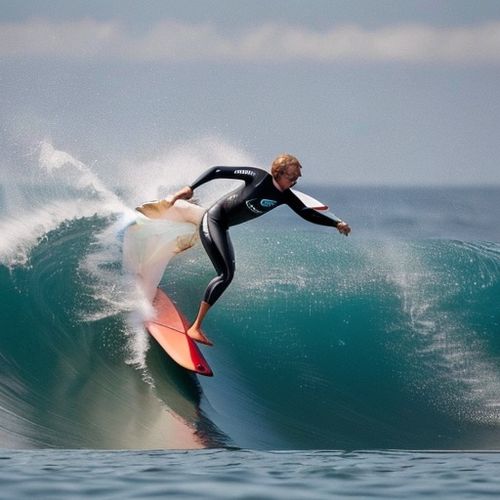
By Eric Ward/May 8, 2025
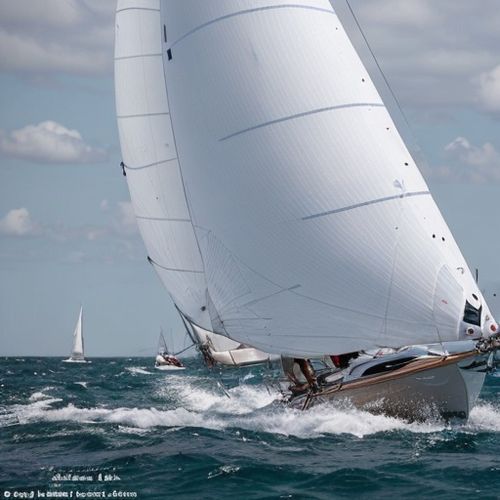
By Lily Simpson/May 8, 2025
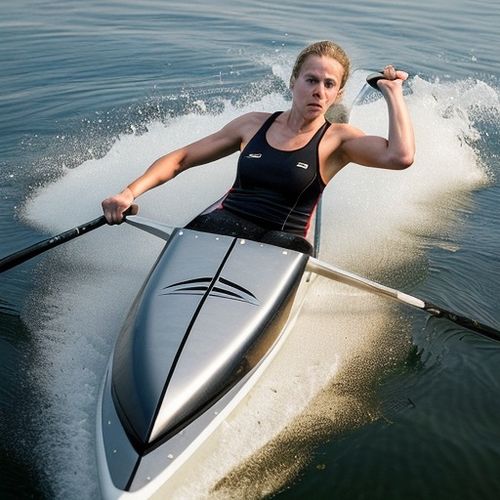
By Jessica Lee/May 8, 2025
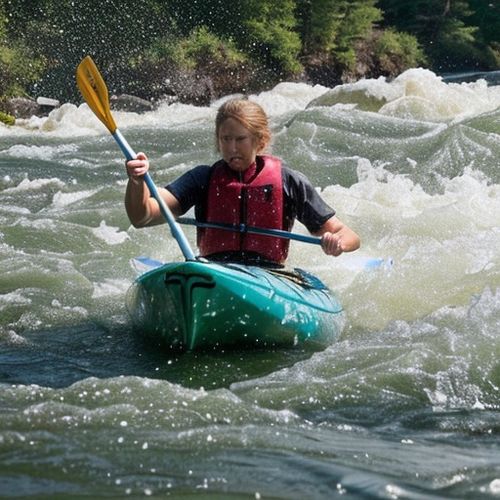
By Grace Cox/May 8, 2025

By Emily Johnson/May 8, 2025

By Rebecca Stewart/May 8, 2025
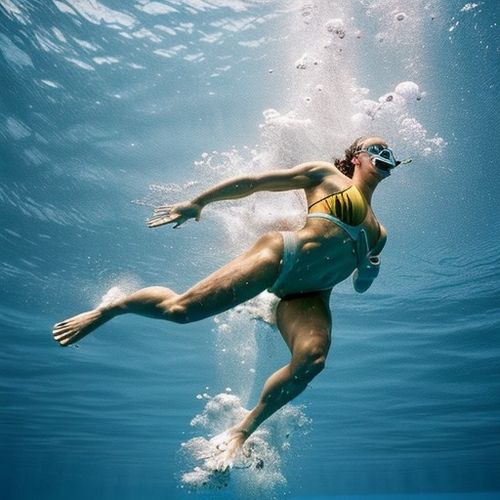
By George Bailey/May 8, 2025

By Sophia Lewis/May 8, 2025
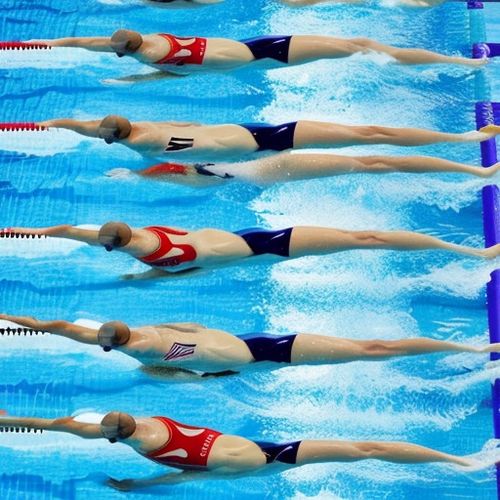
By George Bailey/May 8, 2025
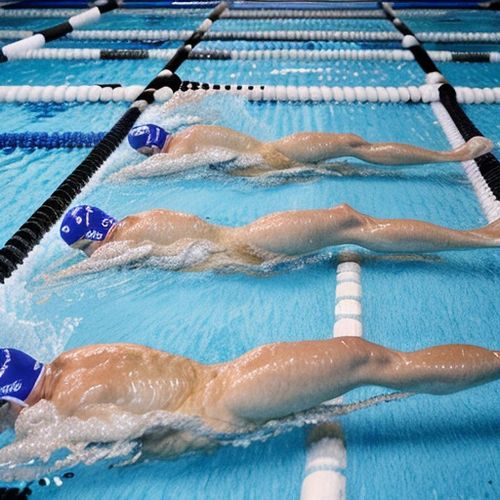
By Eric Ward/May 8, 2025
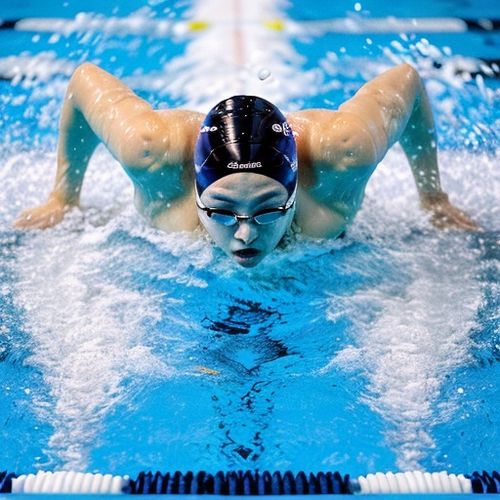
By James Moore/May 8, 2025

By Thomas Roberts/May 8, 2025

By Victoria Gonzalez/May 8, 2025

By Samuel Cooper/May 8, 2025

By David Anderson/May 8, 2025

By Joshua Howard/May 8, 2025

By Michael Brown/May 8, 2025

By Elizabeth Taylor/May 8, 2025

By Benjamin Evans/May 8, 2025

By Noah Bell/May 8, 2025